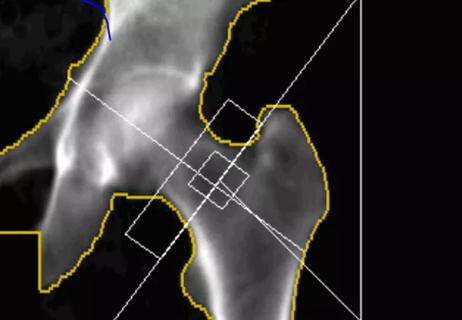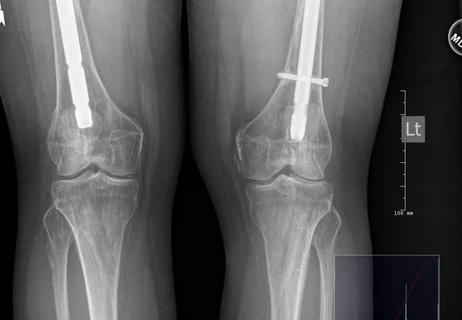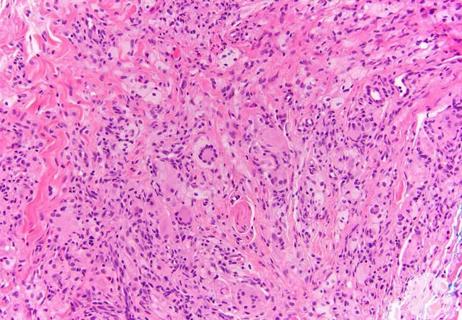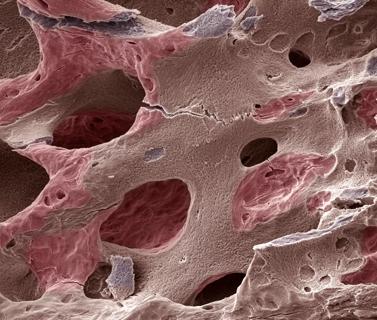Metabolic bone disease expert weighs evidence

Editor’s note: This article originally appeared in the Cleveland Clinic Journal of Medicine.
Cleveland Clinic is a non-profit academic medical center. Advertising on our site helps support our mission. We do not endorse non-Cleveland Clinic products or services. Policy
In short, no. Although calcium and vitamin D play an important role, they are not sufficient when used alone. Rather, they should be used in combination with an antiresportive agent such as estrogen, raloxifene, alendronate, risedronate or calcitonin.
The World Health Organization has defined three levels of low bone mass; the definitions are based on T scores, which are standard deviation units below peak bone mass:
The National Osteoporosis Foundation recommends treatment with an antiresorptive agent in patients with a T score less than -2.0; patients with T scores less than -1.5 to -2.0 should also be treated if they have any of the following risk factors: family history of osteoporosis; previous fracture; current tobacco use; body weight less than 127 pounds. Many other factors such as steroid use are also important and houls be considered.
In almost all randomized controlled trials of antiresorptive agents, the control groups took calcium and vitamin D supplements. In these trials, patients who took alendronate, risedronate or raloxifene had significantly fewer fractures than those who took calcium and vitamin D alone. Thus, we conclude that supplements alone are not adequate.
Still, calcium and vitamin D are important in treating age-related bone loss, as they reduce the rate of bone loss and possibly reduce fracture risk.
To read the full in-depth answer to this question by Chad Deal, MD, Head of the Center for Osteoporosis and Metabolic Bone Disease, including an overview of studies of calcium and vitamin D, visit Cleveland Clinic Journal of Medicine. Dr. Deal reviews the use of biologics to treat metabolic bone disease here.

The many factors that influence 25(OH)D levels add complexity to questions about hypovitaminosis D

Benefit/AFF risk ratio favors 3–5 years of treatment

A case study from Chad Deal, MD, illustrates how patients may present

Puzzling constellation of findings lead to CT-guided bone biopsy

If denosumab is stopped, it should be replaced with another osteoporosis treatment

Dual-acting drug increases bone formation while decreasing resorption

Beyond bisphosphonates

An up-close look at a lifetime of broken bones across generations